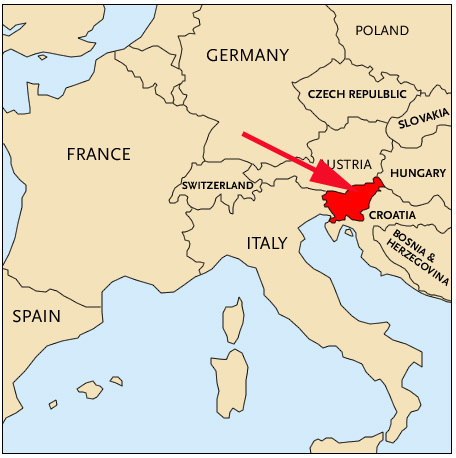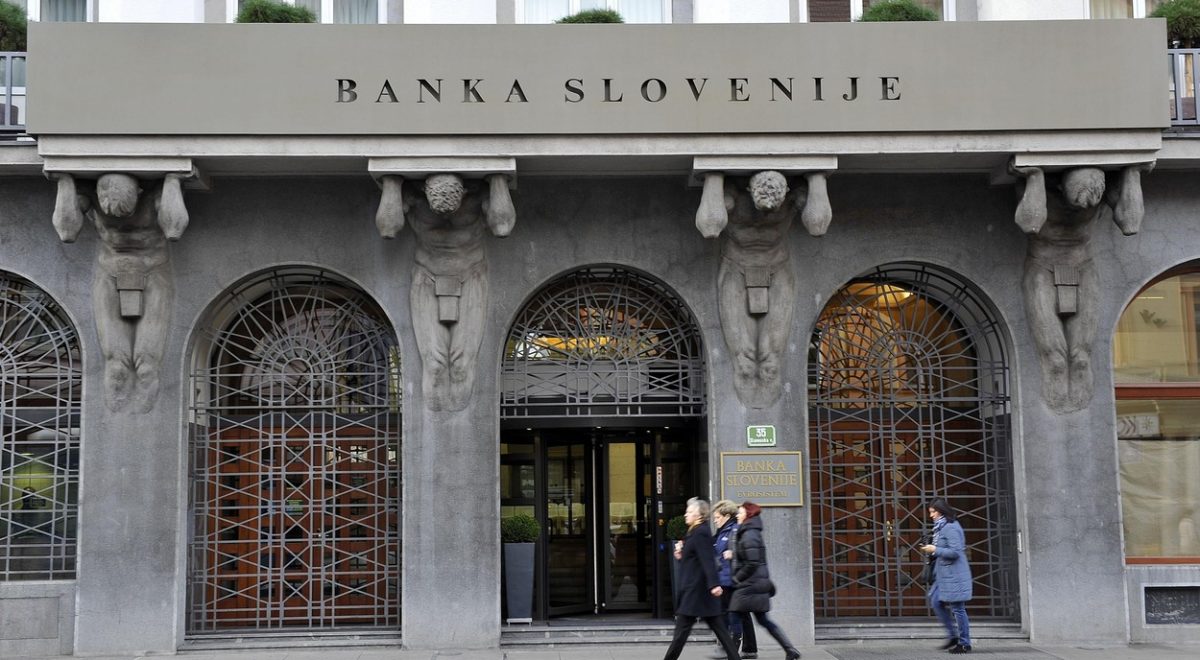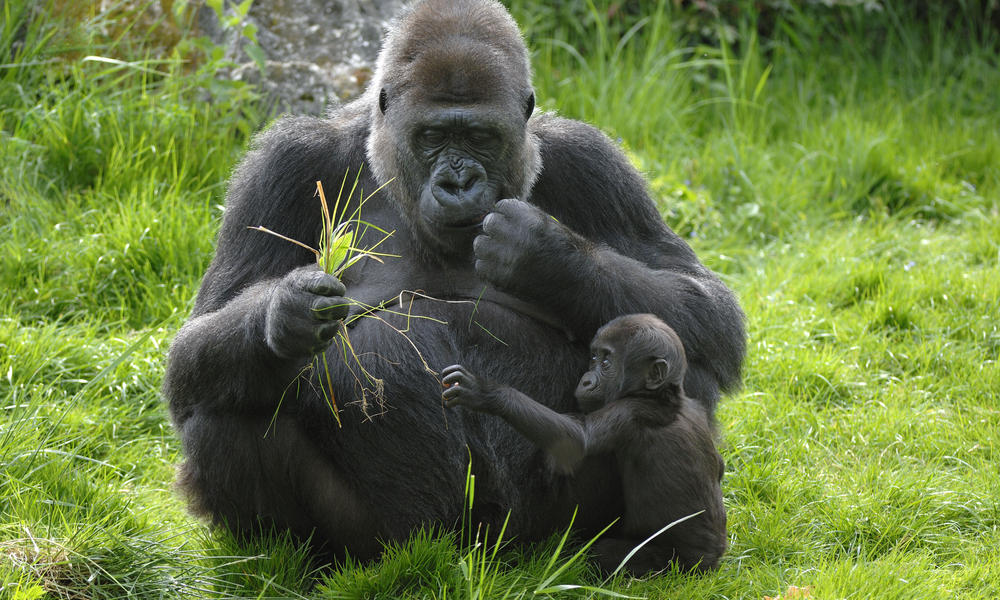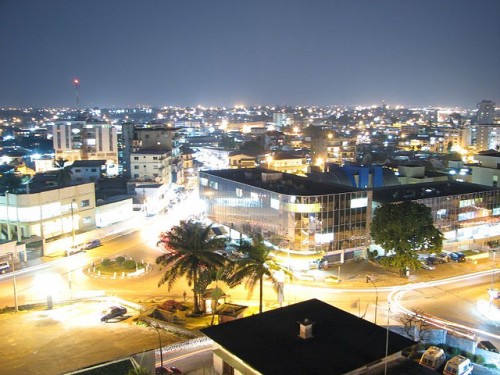Several
years ago, I went to the Sister Cities festival downtown Indianapolis. I didn't
realize that we now have seven sister cities and two friendship cities:
Campinas, Brazil; Cologne, Germany; Hangzhou, China; Hyderabad, India; Monza,
Italy; Northamptonshire, UK; Onitsha, Nigeria; Taipei, Taiwan; and Piran,
Slovenia. I was really fascinated with Piran, Slovenia. At the time, I was just
getting ready to cook food from Croatia, which borders Slovenia to the south. I
remember talking to a woman at the booth about Slovenia and Croatia, and placed
the coastal city of Piran on my list of places I'd like to visit.
 |
| Piran, Slovenia |
Slovenia's name literally means "land of the Slavs," even though
historical linguists aren't exactly sure where the term "Slav"
originated from. It's thought that it stems from the word slovo, meaning "word" or "people who speak the same language."
In contrast to their word for the Germans, which meant "silent" or
"mumbling." As half-German, you probably don't want to know the
sarcasm-laced remarks we mumble under our breath. But it's all true.
Slovenia is located in central Europe at the top of the Adriatic Sea (even though it actually has a very small coastal border on it). It's surrounded by Austria to the north, Hungary to the east, Croatia to the south, and Italy to the west. The country is known for its mountainous and karst landscapes. It's also the third most forested country in Europe and is known for its plethora of caves. I didn't realize that it sits in an active seismic zone too, so it's subject to numerous earthquakes. It makes sense given that Italy had a bad earthquake a number of years ago. Slovenia generally has a temperate climate with four seasons, but the farther up in the mountains you go, the more of an Alpine climate you experience. The closer to the coastline you get, you'll find a more Mediterranean climate.
 |
| World's oldest wheel |
 |
| Ljubljana |
The capital and largest city in Slovenia is Ljubljana (pronounced
lyoo-BLYAH-nah). Once known as Emona by the Romans, Ljubljana has been the
capital city since Slovenia's independence. It's not clear where the name of
the city derived from, but some scholars believe it's related to the word for
"love/like" and possibly named for a nearby river. Its architecture,
parks, and bridges attract millions of visitors each year, and after looking at
some photos of the city, I’d definitely lean toward that “love/like” origin.
Not only a center of the government and commerce, it's also a center of
education, the arts, and sports alike.
Slovenia's economy is among the highest in comparison to not only other Slavic
countries but in Europe as well. Even after taking somewhat of a hit during the
2008 global recession, their economy has started to show some growth over the
past few years. The rise in their construction and tourism industries is a
promising sign. Other major industries include vehicle manufacturing,
pharmaceuticals, electronic equipment, and fuels. You know, the good
stuff.
The vast majority of Slovenes follow Roman Catholicism, while a smaller number
adhere to Lutheranism. Because the country spent so many years as a secular
state, it took a long time for churches to regain parishioners. Many people
simply remained secular, but there were also many people who went back to Roman
Catholicism, the majority religion prior to the communistic change. Even at
that, there are also a number of Jewish communities, other Protestant churches,
Muslims, Orthodox Christians, and atheists.
Slovene is the official language of Slovenia. A member of the Slavic language family,
more than 92% speak it in the home. There are several dialects of Slovene that
are generally mutually intelligible with other Slavic languages. Several other
minor languages are spoken in various concentrations throughout Slovenia,
including Hungarian, Italian, Romani, German, and Serbo-Croatian.
As I read through a lot about Slovenia, I came to realize it’s a land of very
old things. I mentioned it had the oldest wooden wheel at over 5000 years old,
but it also has the oldest vine (at least 400 years old), the oldest stud farm
(around 450 years old), the oldest linden tree (which is a symbol of Slovenia –
coming in at over 700 years old), and one of the oldest musical instruments, a
flute made from a bear femur (around 55,000 years old!).
Up
next: art and literature



















